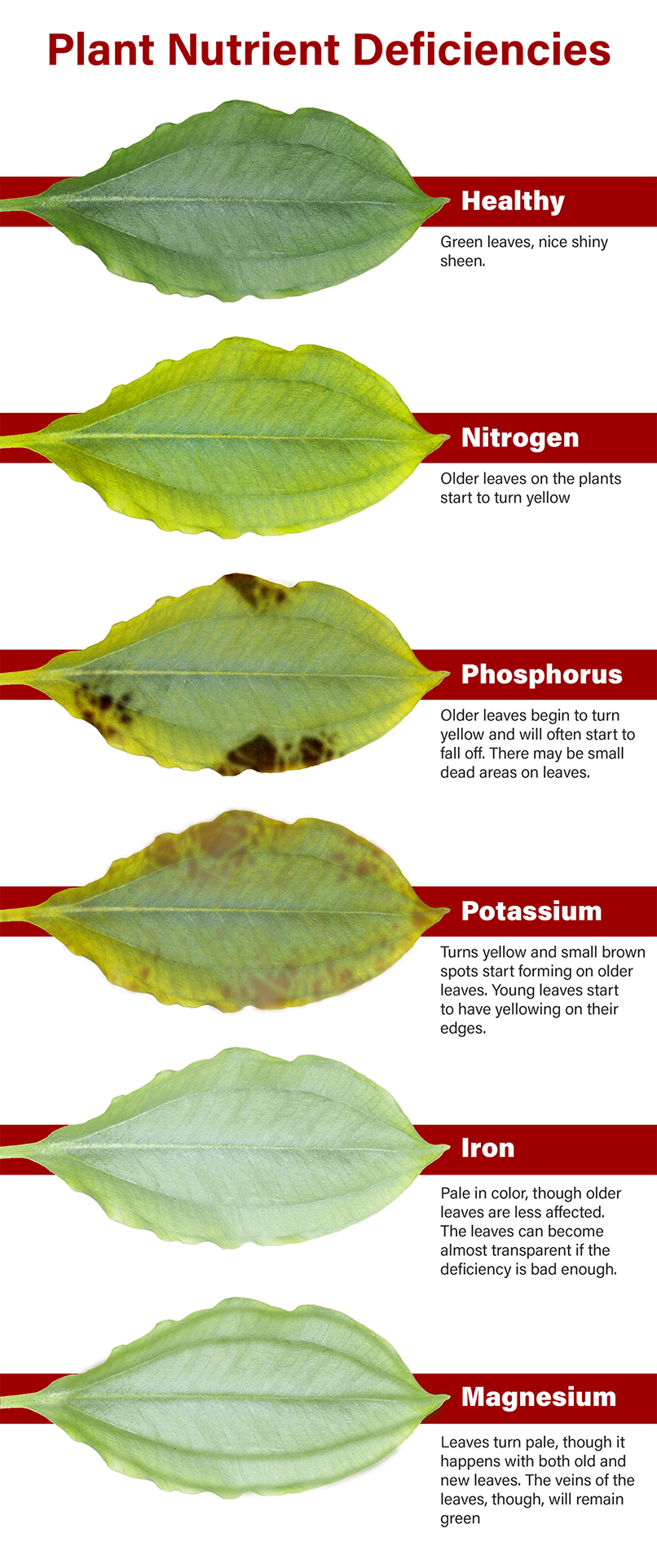Aquatic Plants Fertilization
Fertilizing Aquatic Plants For Best Growth
Aside from perhaps ensuring a planted tank has enough light to thrive, fertilization is one of the most vital parts to achieving success with aquatic plants. As with all living things, plants need to take in nutrients that they can use for building new cells and growing. How quickly plants can utilize nutrients is driven by the amount of energy they are receiving from light. If you are running a low light tank, then odds are the growth is going to be slow enough that there will be enough nutrients entering the water column as a result of fish waste, fish food being added, and already being present in your water supply. However, if you are trying to increase your plant growth by giving additional light and CO2, then these nutrients will quickly become depleted.
There are many elements that are vital to plant nutrition, but the most important are Nitrogen, Phosphorus, and Potassium. Many available aquatic plant fertilizers will supply all three of these in a specific ratio. If you want additional control over your plant growth, though, you can instead add them individually to your tank.
Nitrogen
Nitrogen is the most abundant gas present in the atmosphere and as such makes its way into many different processes. In an aquarium, nitrogenous waste is often one of the biggest concerns, as ammonia, nitrites, and nitrates are all harmful to fish in various levels. Fortunately, though, in a planted tank, these can all be taken in and used by plants. Because of the beneficial bacteria that quickly transform ammonia and nitrites, nitrates become perhaps the most important nutrient to supply to your plants.
Depending on your stocking density, light levels, and number of plants, you may have enough nitrates being built up to fully supply your fish. Or you may need to add more. Generally speaking, when adding nitrates to a planted tank, most aquascapers will use potassium nitrate (KNO3), which can be purchased from chemical supply companies in a powdered salt form.
Phosphorus
Phosphorus has a love-hate relationship in aquariums. It is absolutely vital for the health of both plants and fish. However, it often ends up being present in excessive amounts, which is said to be a factor in algae problems. Phosphorus sometimes enters the aquarium through the water supply, but it is also introduced (in sometimes significant amounts) via fish food. Because phosphorus is a necessary element for the fish, it is added to virtually all fish food. The fish eat it, absorb and use some of the phosphorus, then pass on the rest.
Some fertilizers will have minimal (or even no) phosphorus present because of the potential for leading to algae problems. However, in order to have a successful planted tank, you need to ensure that there is enough for the plants to use. For most aquarists who are going to add phosphorus, they’re going to do so in the form of phosphates, specifically monopotassium phosphate (KH2PO4).
Potassium
Potassium is a nutrient that can easily be overlooked but is also one of the easiest to deal with. When not balanced with nitrogen and phosphorus, potassium can easily become the limiting factor that grinds plant growth to a halt. However, potassium is also the nutrient that is least likely to cause problems if there is more than needed. It’s not particularly harmful for fish, nor is it likely to fuel excess algae growth.
There will be a certain amount of potassium added when dosing both nitrogen (via potassium nitrate) and phosphorus (via monopotassium phosphate). For dosing additional potassium, most commonly used is potassium sulfate (K2SO4).
Additional Nutrients
In addition to the three major nutrients, there are a number of additional nutrients, often referred to as micro nutrients or trace elements. These include such elements as iron, magnesium, manganese, zinc, and others.
Most of the time when micro nutrients are added it is through a fertilizer mix that contains many or all of the necessary nutrients. Rarely will aquatic plant keepers dose the specific micro nutrients individually.
Adding Fertilizers
There are two main ways that plants take in nutrients: from the substrate, and from the water column. While most plants will feed from both sources, certain plants are better at one method than the other. All plants will benefit from dosing fertilizers into the water column, but for the best results, supply nutrients in both ways.
Substrate Feeding
Certain plants, such as swords, Cryptocoryne spp., Vallisneria spp., and bulb plants, show tremendous growth when they are able to absorb nutrients from the substrate. These plants, especially, benefit from substrates that are specifically designed for planted aquariums. For the most part, these substrates are designed to “store” nutrients that can then be passed on to the plant. Additionally, they are made with grain sizes that strike the right balance between being fine enough for small roots to easily be able to grab ahold of and having enough space between the grains to not suffocate the roots.
Another great approach to feeding through the substrate is by using root tabs, which are essentially small “pills” of nutrients you bury in the substrate. They will slowly release the nutrients they contain, allowing the plants to feed. Root tabs can be used with any aquarium substrate, allowing some degree of success with substrates that may not be as ideal for plant growth.
Water Column Feeding
Plants such as anacharis (also called elodea), Hygrophila spp., Rotala spp., and Ludwigia spp. will pull most of their nutrition from the water column. There are a number of different fertilization methods that have been developed and are advocated by a number of different people.
The simplest, but least precise, method is to buy commercially available fertilizers and follow the instructions that come printed on them. These may be available either as individual nutrients (plus a combined trace element mix), or you may find them combined into one macro nutrient formula that adds nitrogen, phosphorus, and potassium simultaneously.
Among dedicated planted tank keepers who want the most control over their tanks’ results, there are several plans designed to use powdered salts dosed in a precise schedule to ensure that plants always have enough nutrients to never hit a limiting factor. While almost no retail fish store will sell the supplies to follow one of these plans (requiring you to place bulk orders from chemical supply companies), they do add the benefits of being less expensive in the long run and allowing precise control.
One such method, the Estimative Index (EI) Method, is a plan that involves heavy dosing in order to supply an excess of nutrients. This prevents any nutrient deficiencies from occurring as there is always an abundance of nutrients. However, in order to prevent too many of these nutrients from building up, you must perform at least a 50% water change each week.
Another popular method, PPS-Pro (Perpetual Preservation System), involves diluting the nutrients in water in order to dose smaller amounts every day. The goal for this method is to supply just what the plants will use that day. When done correctly, there is no need to worry about the buildup of excess nutrients.
There are a number of additional dosing plans. No single plan is perfect, and they all have their own strengths and weaknesses. When deciding which plan to follow, the best thing to do is to research them individually and decide what plan you can best follow. Would you rather dose every day or do a larger water change each week? The best plan is the one that works for you.
Nutritional Deficiencies
With how important these nutrients are, it stands to reason that there will be problems when the amount of one nutrient is too low. And this is true. Whenever any nutrient is lacking, the growth of the plants slows down or stops and the plants’ health deteriorates. It is also likely for algae to begin to emerge and take over.
One of the most readily noticeable problems, which has a number of variations and can be somewhat difficult to diagnose precisely, is that the leaves and plants begin to turn from green to yellow. This is often the first sign of a problem, as the normally green leaves fade to yellow before dying and turning brown. Other common problems include spots or holes forming in leaves and the leaves being deformed.
Nitrogen
Older leaves on the plants start to turn yellow.
Phosphorus
Similar to nitrogen, older leaves begin to turn yellow and will often start to fall off. There may be small dead areas on leaves.
Potassium
The plant starts to turn yellow and small brown spots start forming on older leaves. Young leaves start to have yellowing on their edges.
Iron
New leaves are pale in color, though older leaves are less affected. The leaves can become almost transparent if the deficiency is bad enough.
Magnesium
Like iron, leaves turn pale, though it happens with both old and new leaves. The veins of the leaves, though, will remain green, unlike in other deficiencies.

|





